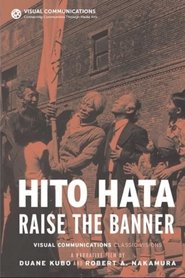
2012
playlist_add 
2008
playlist_add 
2000
playlist_add 
1996 star_border 1
playlist_add 
1995
playlist_add 
1995
playlist_add 
1992
playlist_add 
1991
playlist_add 
1991
playlist_add 
1990
playlist_add 
1990
playlist_add 
1987
playlist_add 
1984
playlist_add 
1982 star_border 6
playlist_add 
1980
playlist_add 
1979 star_border 8.5
playlist_add 
1978
playlist_add 
1978
playlist_add 
1976
playlist_add 
1973
playlist_add Show more
expand_more